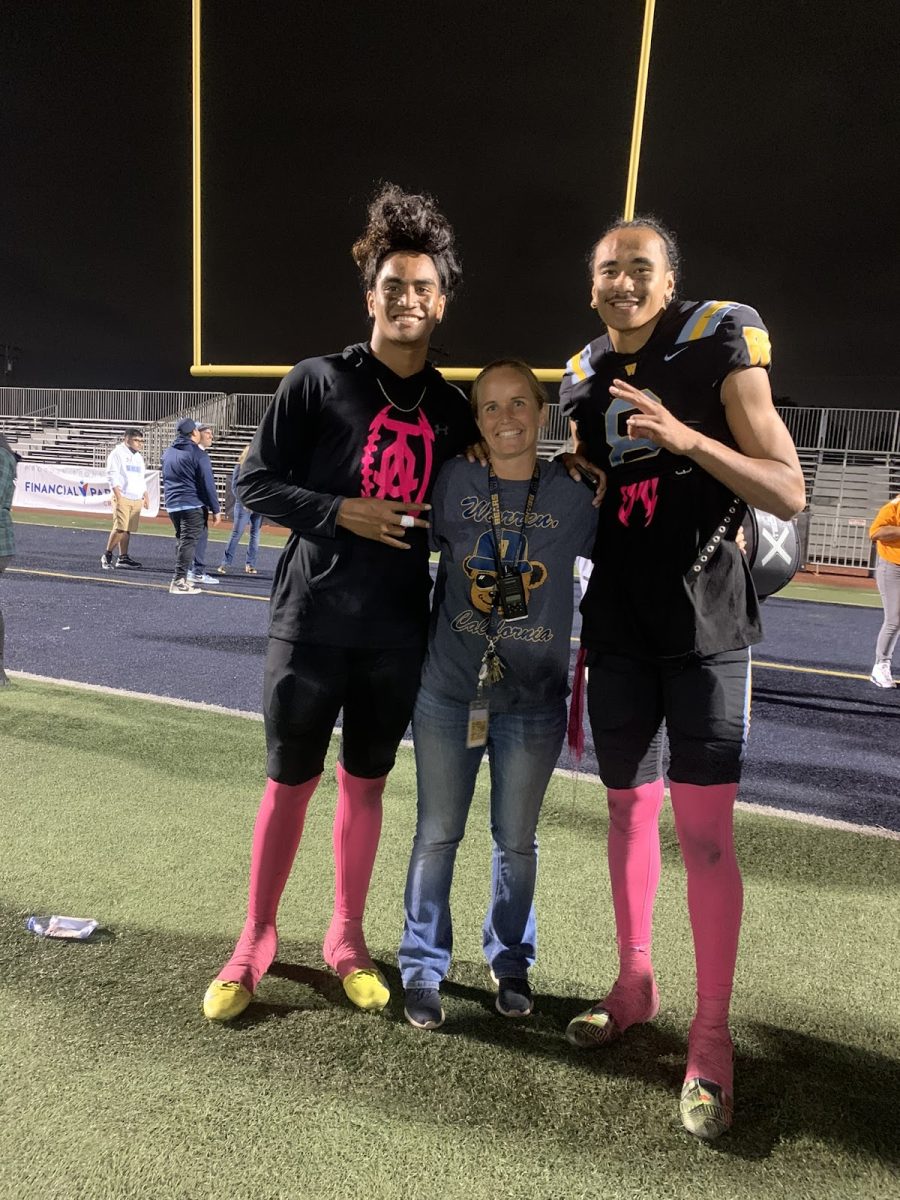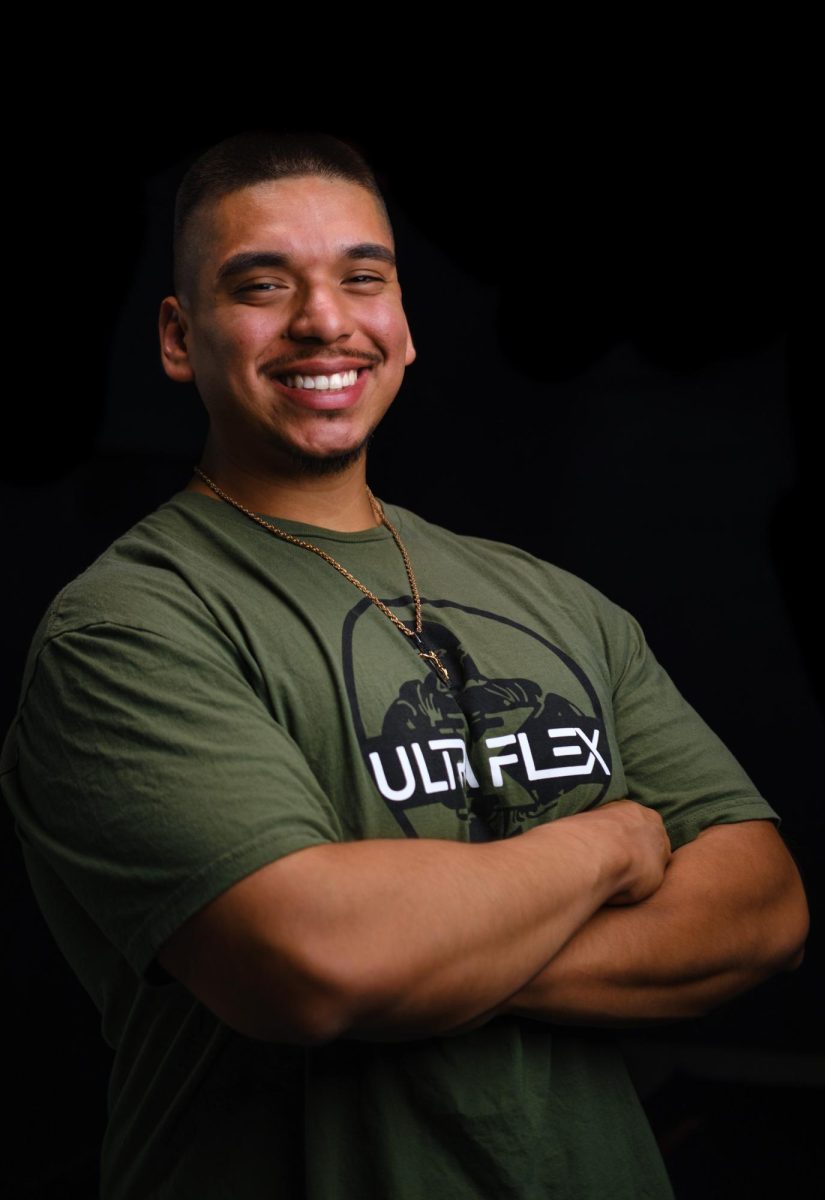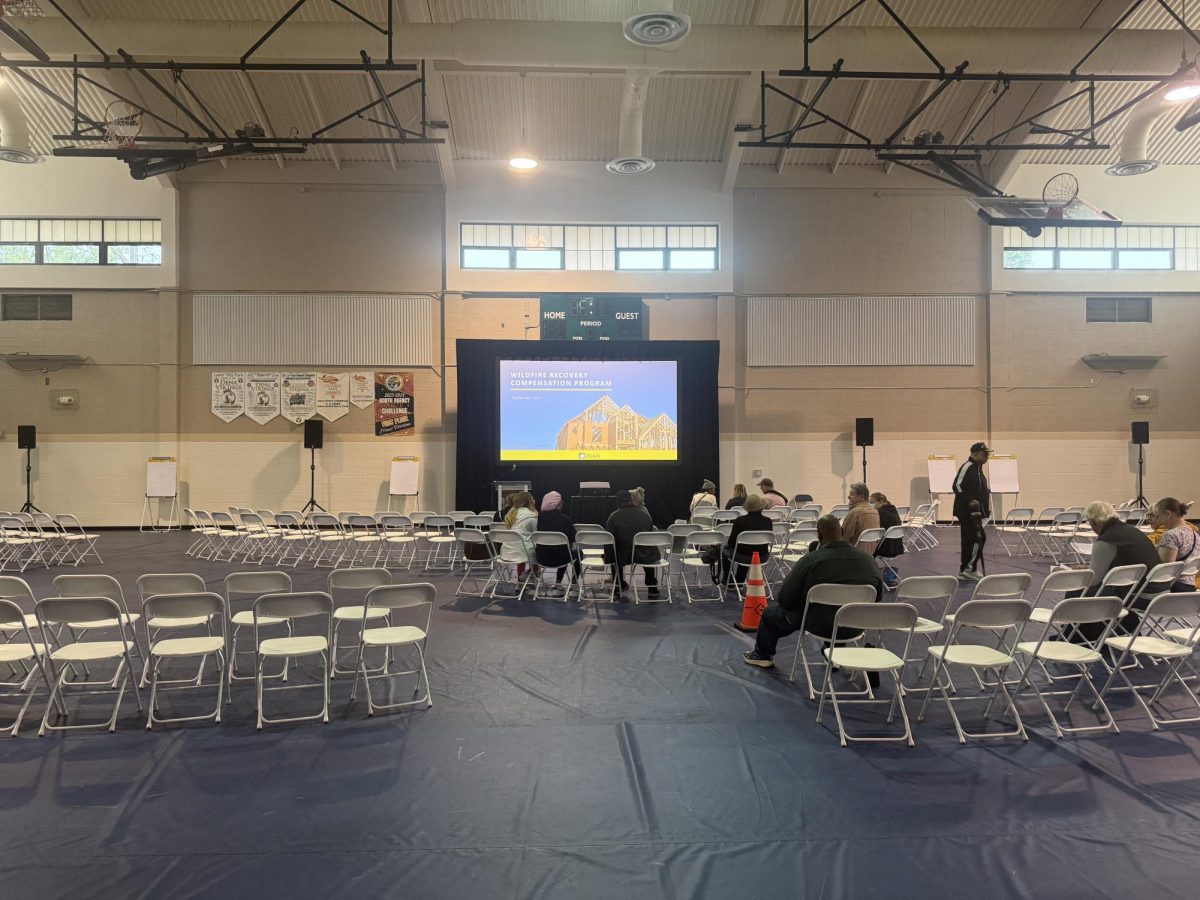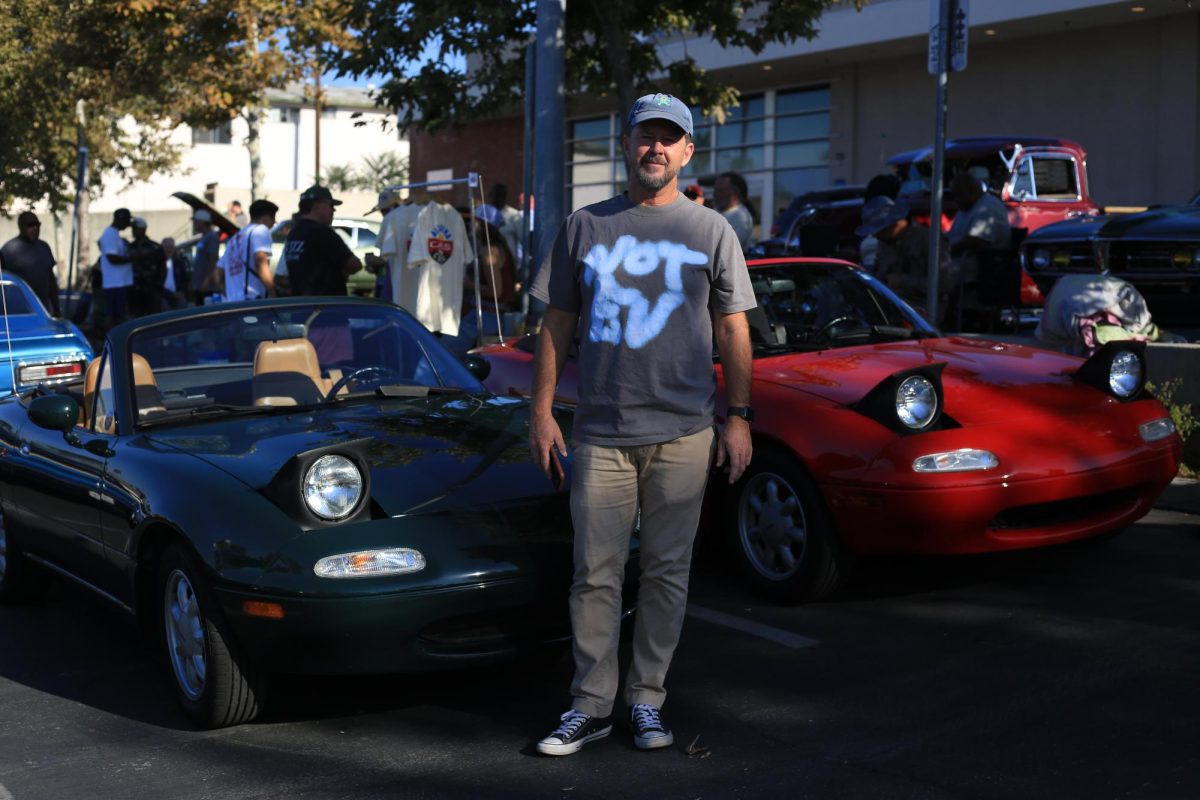Like many opponents of ballot measure ME to raise funds for El Monte schools, Michael Murro worries the funds won’t be used well. He said increasing school funding, especially any money that taxpayers could be on the hook for, is questionable because the district has trouble allocating funds in the right areas, leading to waste.
What’s surprising about Murro’s position is that he is a years-long educator himself.
The measure would allow the district to issue $105 million in bonds, costing property owners about $30 more each year for every $100,000 their property is valued at — and this would generate $6.75 million annually, money that would be managed locally with oversight from citizens, audits and public reports of spending. That’s according to the Los Angeles County Registrar-Recorder and Clerk..
Supporters say the El Monte City School District’s elementary schools are in dire need of better facilities, enhanced safety, and expanded green spaces — and this measure would provide the funds needed to make those improvements.
Dr. Maribel Garcia, the district’s superintendent, said some of its buildings are over 80 years old and said funding from the bond would provide “necessary resources to ensure these learning environments remain safe, accessible, and conducive to academic success.”
Specifically, she said it would improve play structures and provide an opportunity to expand the curriculum and open children’s minds through more quality time in nature. It would enable classroom upgrades, enhance security systems, and improve energy efficiency.
“It would also help expand student learning and connection spaces, where school communities can collaborate and strengthen relationships,” Garcia said.
Opponents say that funding for facilities is unnecessary and should be more focused on hiring more qualified teachers and increasing student diversity.
Over his long career as an educator, Murro said he has seen teachers who do not care to actually teach students and develop their learning.
“I grew up having pieces of shit teachers that made me feel like I was inadequate, therefore, it’s a reason why I got into teaching to try to, at least help out my community,” he said.
His experience working in different districts in Los Angeles, has led him to believe the educational system is in some ways “rigged” based on the teacher’s incomes and qualifications in districts that are wealthier or not — and that directly impacts student performance.
Thalia Weathers opposes it because she knows there are limited funds and thinks more money should be invested in providing diversity training and inclusiveness efforts in schools.
Weathers said her child attends Wright Elementary, which has predominantly Latinx and Asian students, so when the other children see her daughter, who is of African descent, “it’s like a cultural shock, since parents don’t explain to their children the differences within different ethnicities and the certain problems one would face.”
“They aren’t aware of how to treat ones that obviously look different from them. This can be an uncomfortable feeling for the other child,” she added.
Thalia said setting aside a budget for diversity classes could help educate parents on techniques to help their children learn how to engage with students of other ethnicities.
In turn, it would make classrooms a more comfortable and safe learning environment for every student, no matter their race.
If there’s a way to increase the diversity in the school’s make-up, that would help the students learn even more from one another. Thalia said: “Increasing student diversity is important in creating representation for all different races as my daughter is one of a few brown skin children at her school.”
Vera Fox said “promised improvements” don’t always materialize.
Fox, a retired teacher who worked in the El Monte city schools for over 20 years, said she would only want to support the measure if the person overseeing the funds can be trusted to give detailed, regular reports of the revenue spent.
“Taxes go up,” she said, but it seems, “these promised improvements have never been done.”
This article was cross published with the UT Community News’ partner at CALÓ News website.



















